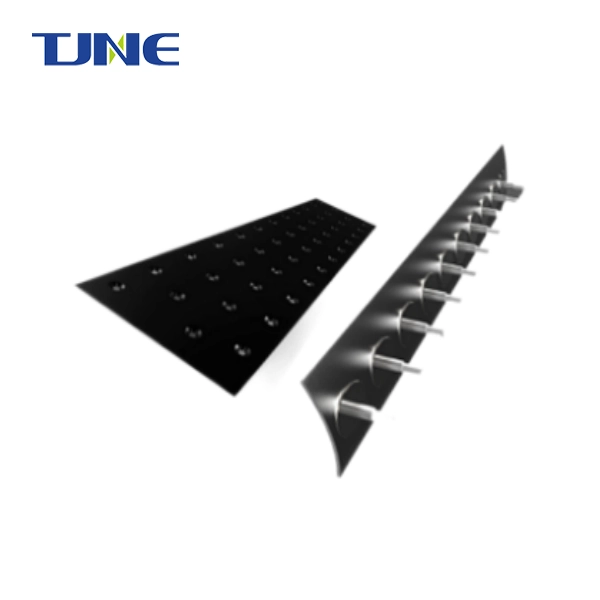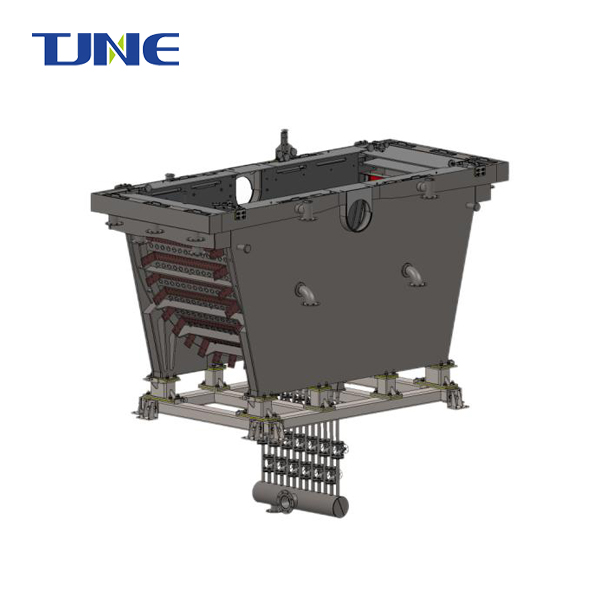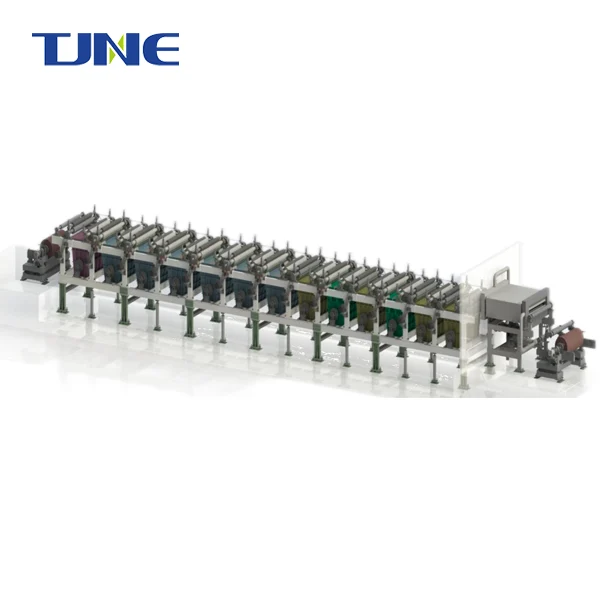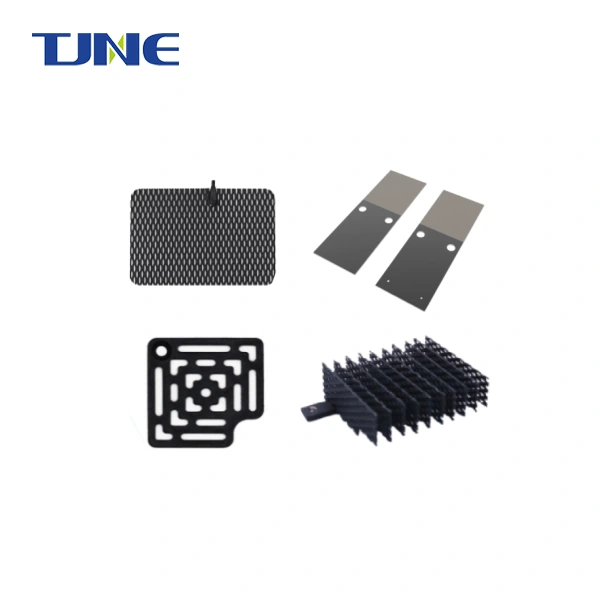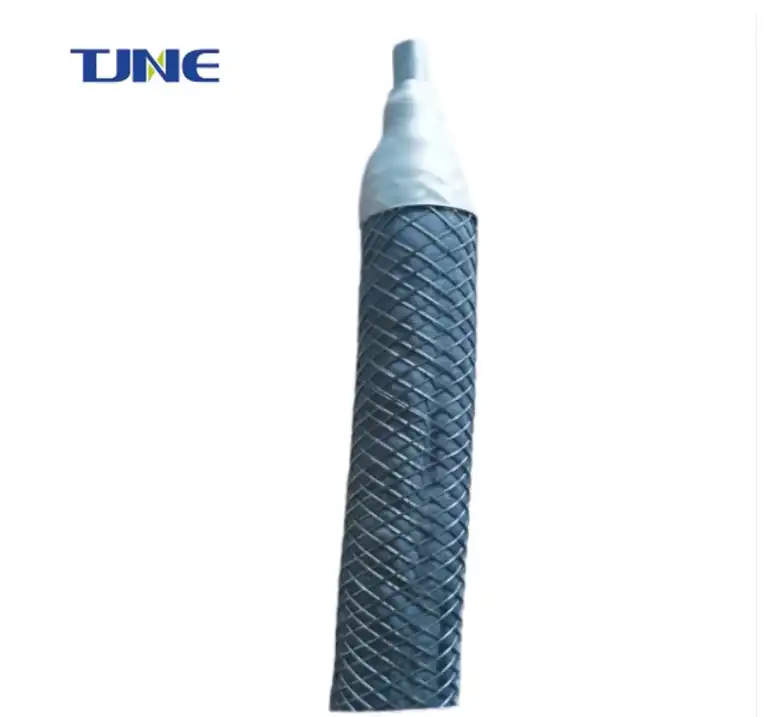- English
- French
- German
- Portuguese
- Spanish
- Russian
- Japanese
- Korean
- Arabic
- Greek
- German
- Turkish
- Italian
- Danish
- Romanian
- Indonesian
- Czech
- Afrikaans
- Swedish
- Polish
- Basque
- Catalan
- Esperanto
- Hindi
- Lao
- Albanian
- Amharic
- Armenian
- Azerbaijani
- Belarusian
- Bengali
- Bosnian
- Bulgarian
- Cebuano
- Chichewa
- Corsican
- Croatian
- Dutch
- Estonian
- Filipino
- Finnish
- Frisian
- Galician
- Georgian
- Gujarati
- Haitian
- Hausa
- Hawaiian
- Hebrew
- Hmong
- Hungarian
- Icelandic
- Igbo
- Javanese
- Kannada
- Kazakh
- Khmer
- Kurdish
- Kyrgyz
- Latin
- Latvian
- Lithuanian
- Luxembou..
- Macedonian
- Malagasy
- Malay
- Malayalam
- Maltese
- Maori
- Marathi
- Mongolian
- Burmese
- Nepali
- Norwegian
- Pashto
- Persian
- Punjabi
- Serbian
- Sesotho
- Sinhala
- Slovak
- Slovenian
- Somali
- Samoan
- Scots Gaelic
- Shona
- Sindhi
- Sundanese
- Swahili
- Tajik
- Tamil
- Telugu
- Thai
- Ukrainian
- Urdu
- Uzbek
- Vietnamese
- Welsh
- Xhosa
- Yiddish
- Yoruba
- Zulu
Wastewater treatment stands as a critical process in ensuring the preservation of our environment and public health. Within this realm, chemical oxygen demand (COD) removal emerges as a pivotal aspect, targeting the organic pollutants that degrade water quality. In recent times, the introduction of innovative technologies like the Removal of COD Anode has sparked a revolution in wastewater treatment methodologies, offering a highly effective and sustainable solution to tackle COD levels.
COD removal is imperative due to its indication of the amount of oxygen required for oxidizing the organic compounds present in water. High COD levels signify a greater degree of organic pollutants, which if left untreated, can lead to severe environmental degradation and health hazards. Traditionally, addressing COD has been a challenging task, often involving complex and costly treatment processes. However, the advent of the COD Removal Anode has reshaped this landscape, providing a more efficient and economical approach to wastewater treatment.
How Does the COD Removal Anode Reduce Chemical Oxygen Demand Levels?
The COD Removal Anode operates on the principle of electrochemical oxidation, utilizing advanced electrode materials to catalyze the breakdown of organic contaminants in wastewater. Unlike conventional methods that rely heavily on chemical additives or biological processes, this innovative technology harnesses the power of electricity to initiate rapid oxidation reactions, effectively reducing COD levels.
At its core, the COD Removal Anode comprises high-performance electrode materials, such as dimensionally stable anodes (DSA) coated with noble metal oxides. When electricity is applied through the anode, it generates highly reactive oxidizing species, such as hydroxyl radicals (OH•), which exhibit strong oxidative potential. These radicals readily react with organic compounds present in the wastewater, breaking them down into simpler, less harmful byproducts, ultimately leading to a significant reduction in COD levels.
Furthermore, the electrochemical nature of this process allows for precise control and optimization, ensuring efficient COD removal without the need for excessive chemicals or prolonged treatment times. This not only enhances the overall effectiveness of wastewater treatment but also minimizes operational costs and environmental impact.
Where Can the COD Removal Anode Be Most Effectively Implemented for Pollution Control?
The versatility and efficacy of the COD Removal Anode make it suitable for a wide range of applications across various industries and wastewater treatment facilities. From municipal sewage treatment plants to industrial effluent treatment systems, this technology offers a scalable and adaptable solution for pollution control.
In urban areas, where municipal wastewater poses significant environmental challenges, the COD Removal Anode can play a crucial role in enhancing the efficiency of existing treatment infrastructure. By integrating this advanced technology into conventional treatment processes, municipalities can achieve higher COD removal rates and improve overall water quality, thereby safeguarding public health and environmental integrity.
Similarly, in industrial settings characterized by complex wastewater compositions and stringent regulatory requirements, the COD Removal Anode proves invaluable. Industries such as pharmaceuticals, chemicals, and food processing can benefit greatly from this technology, as it enables them to meet regulatory standards effectively while minimizing operational costs and resource consumption.
Moreover, the COD Removal Anode can also be deployed in decentralized wastewater treatment systems, providing sustainable solutions for remote communities, resorts, and rural areas. By decentralizing treatment processes and harnessing the power of electrochemical oxidation, communities can achieve greater self-sufficiency in wastewater management, reducing reliance on centralized infrastructure and mitigating environmental risks.
What Are the Operational Considerations and Benefits of the COD Removal Anode?
In addition to its remarkable efficacy in COD removal, the Removal of COD Anodeoffers several operational considerations and benefits that further enhance its appeal and practicality in wastewater treatment applications.
Energy Efficiency: Unlike traditional treatment methods that often consume large amounts of energy, the electrochemical process facilitated by the COD Removal Anode operates at high efficiency, minimizing energy consumption and reducing carbon footprint.
Compact Design: The compact footprint of COD Removal Anode systems allows for easy integration into existing treatment facilities or deployment in space-constrained environments, maximizing operational flexibility and efficiency.
Continuous Operation: The continuous operation capability of the COD Removal Anode ensures uninterrupted wastewater treatment, enabling facilities to maintain consistent effluent quality and regulatory compliance.
Minimal Maintenance: With fewer moving parts and simplified operation, COD Removal Anode systems require minimal maintenance, resulting in reduced downtime and lower lifecycle costs.
Scalability: From small-scale pilot projects to large-scale industrial applications, the COD Removal Anode can be easily scaled to meet the specific needs of diverse wastewater treatment scenarios, offering scalability and adaptability.
Environmental Sustainability: By eliminating or minimizing the use of chemical additives and reducing sludge production, the COD Removal Anode promotes environmental sustainability, aligning with global efforts to mitigate pollution and conserve natural resources.
Conclusion
In conclusion, the COD Removal Anode represents a paradigm shift in wastewater treatment technology, offering a highly effective, sustainable, and economically viable solution for reducing COD levels and mitigating pollution. With its innovative electrochemical approach, this revolutionary technology holds immense promise for transforming wastewater treatment processes and safeguarding the health of our environment and communities.
TJNE focuses on the research and development, design, production, and sales of high-end electrolytic complete sets of equipment and high-performance electrode materials. If you want to learn more about this kind of Removal of COD Anode, welcome to contact us: yangbo@tjanode.com
References:
1. Gude, V. G., et al. (2020). Electrochemical Wastewater Treatment Methods: COD and TOC Reduction, Energy Consumption, and Byproducts. Journal of Environmental Management, 258, 110008.
2. Li, X., et al. (2019). Recent Advances in Electrochemical Technologies for COD Removal from Wastewater: A Review. Chemical Engineering Journal, 373, 594-609.
3. Zhang, Y., et al. (2021). Application of Electrochemical Technologies for COD Removal in Wastewater Treatment: A Review. Journal of Hazardous Materials, 401, 123391.
Related Industry Knowledge
- How Does the COD Removal Anode Revolutionize Wastewater Treatment?
- Why Are MMO/Ti Flexible Anodes the Future of Corrosion Protection?
- What Makes MMO Tubular Titanium Anodes a Revolutionary Choice for Electrochemical Applications?
- Revolutionizing Drinking Water Disinfection: The Role of Titanium Electrodes
- How Does a Chlorine Generator Electrolyzer Enhance Pool Maintenance?
- What Is an MMO Anode Plate and How Does It Function in Electrochemical Processes?
- What Is a Chlorine Generator Electrolyzer and How Does It Operate?
- What is a DSA Anode and How Does It Work?
- What Industries Benefit from Chlorine Generator Electrolyzers for On-Site Production?
- Which electrolyzer is best for hydrogen production?






